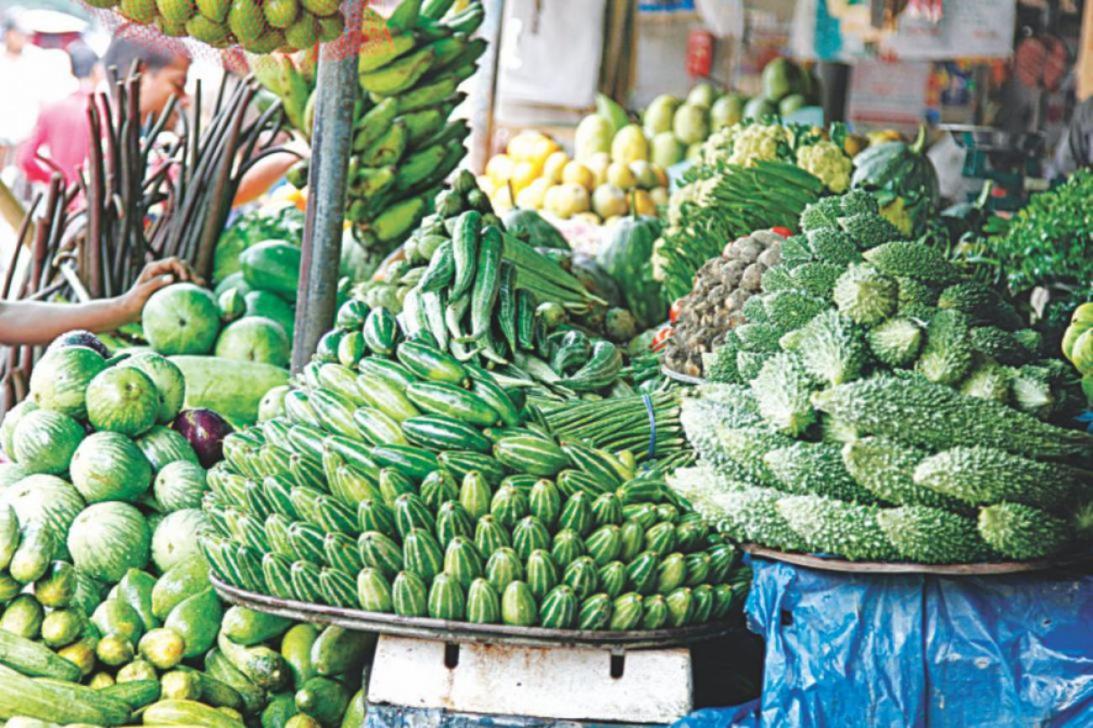A multidimensional approach to food safety

Unsafe food causes a staggering range of diseases. From diarrhoea to cancer and to hepatitis, food containing harmful bacteria, viruses, parasites or chemicals is a major threat to public health, both globally and in the WHO South-East Asia Region. Every year, an estimated 420,000 people die worldwide due to foodborne diseases, with the South-East Asia Region accounting for a disproportionate share—some 175,000.
Tackling the problem is more important than ever. The globalised nature of modern food chains, alongside emerging hazards such as antimicrobial resistance and climate change, makes the threat of foodborne diseases increasingly acute. Apart from the potential for foodborne diseases to harm public health within and between countries, their occurrence can also compromise development, trade, nutrition and food security. Informal food production at the community level, meanwhile, poses an ongoing challenge, with basic hygiene, adulteration and falsification key concerns.
Countries across the region have been active in addressing the issue. Since 2015, seven of the region's 11 countries have conducted in-depth assessments of their foodborne disease surveillance and response capacity. All have strengthened their national Codex structure—the standards and guidelines created by the Codex Alimentarius Commission to promote food safety and protect consumers, especially in the context of international trade. Notably, with the support of WHO and the Food and Agriculture Organization of the United Nations (FAO), simulation exercises have been carried out to test region-wide coordination and communication, with the International Health Regulations (IHR 2005) anchoring all proceedings.
For More: https://www.thedailystar.net/opinion/news/multidimensional-approach-food-safety-1702162

